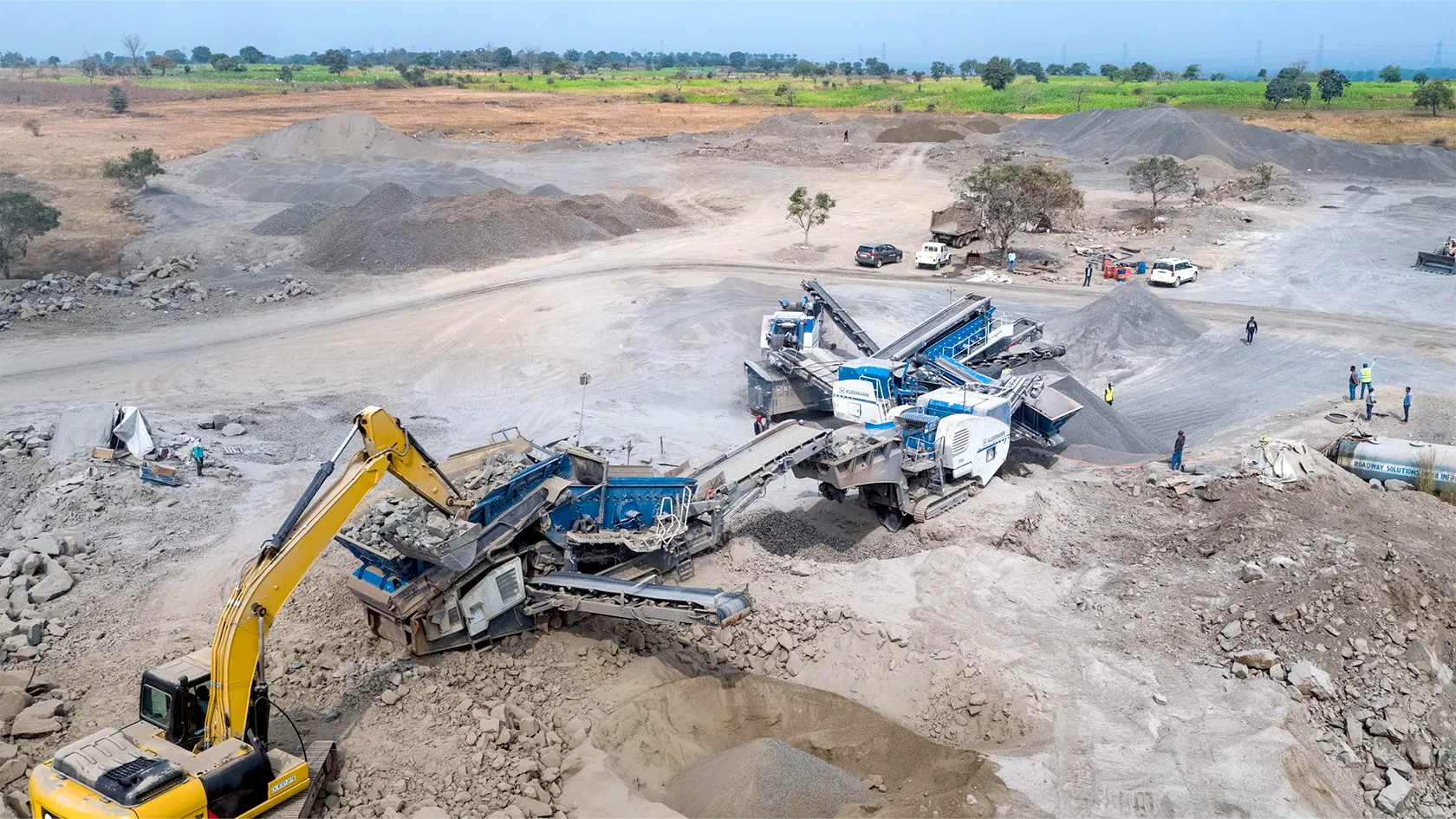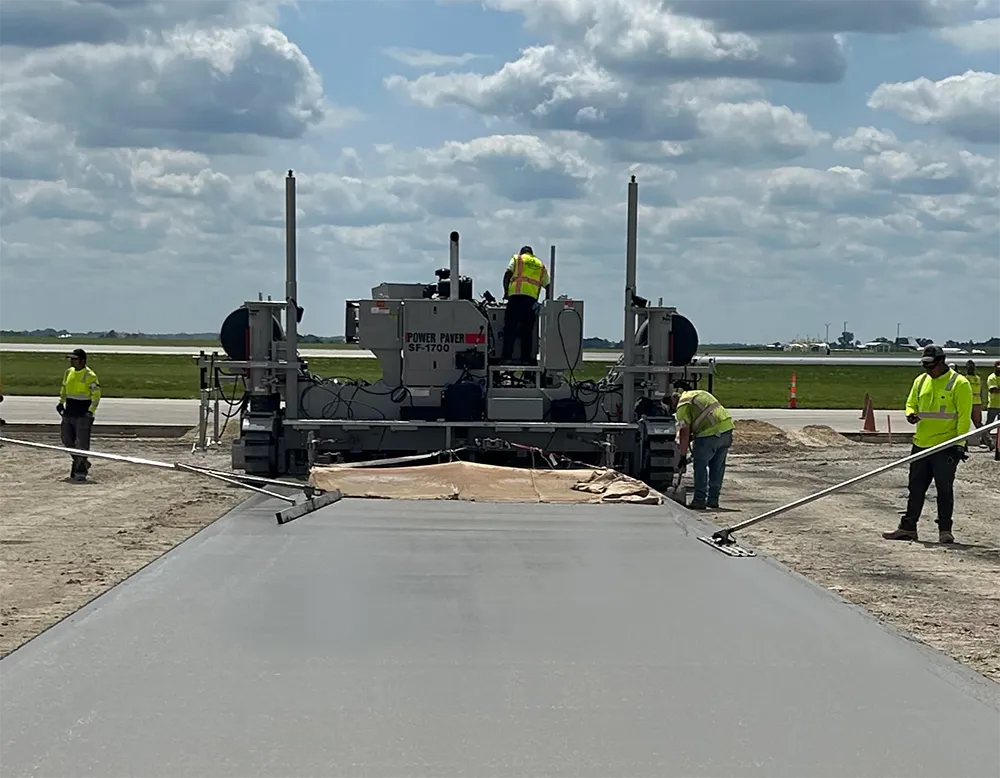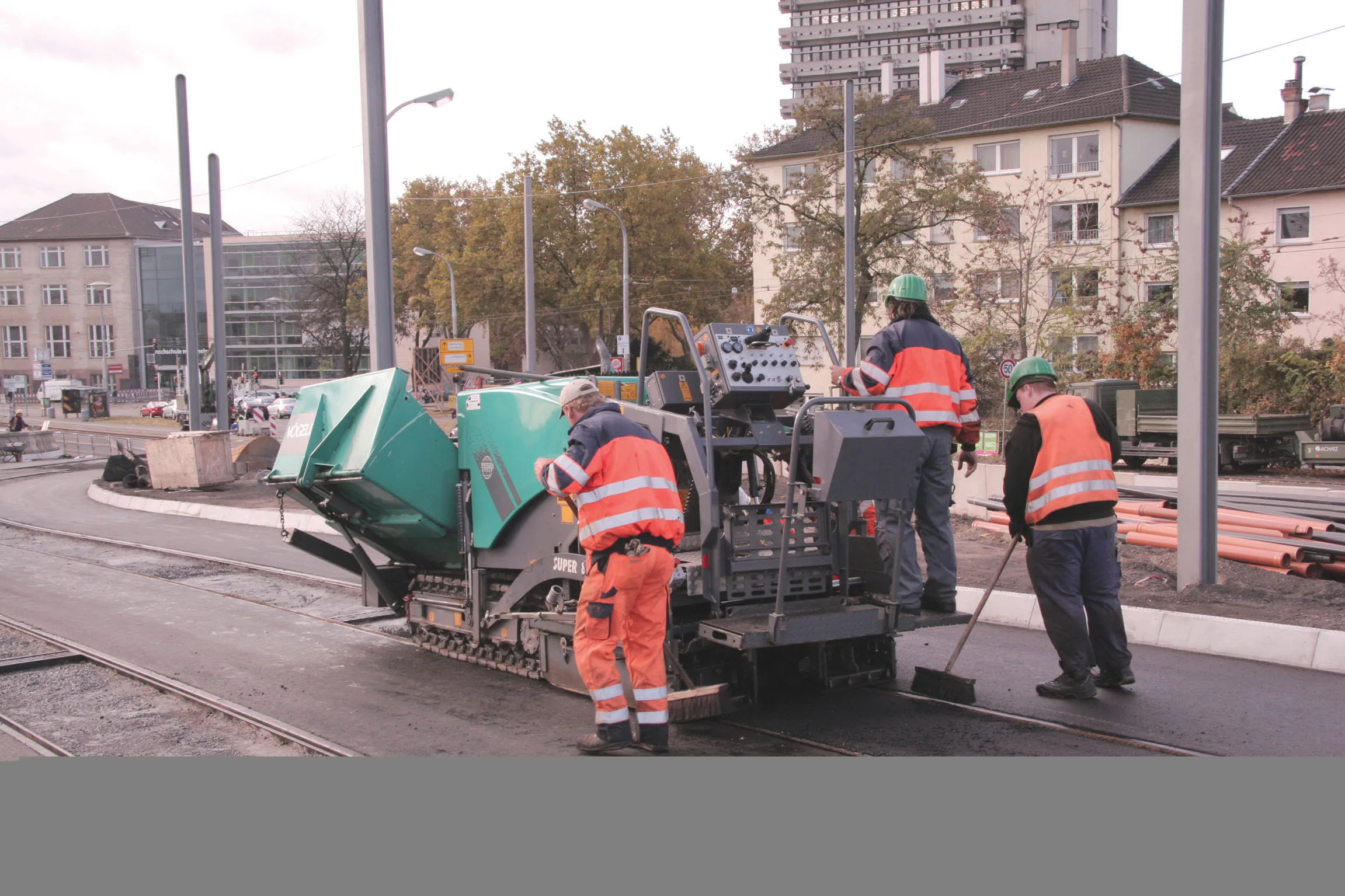
A fleet of machines from the Wirtgen Group has been helping deliver a major project in India, the Samruddhi Expressway.
The new Samruddhi Expressway, also known as Mumbai–Nagpur Expressway, is under construction at the moment and will connect the Indian cities of Mumbai and Nagpur on a total length of 701km. When completed, this expressway will link India’s largest container port JNPT in Mumbai to MIHAN in Nagpur simplifying import and export activities throughout the country. Additionally, inter-connecting highways and feeder roads are constructed to connect all important cities and tourist places along this route.
The Samruddhi Expressway mahamarg project consists of 16 packages and was awarded to 13 companies: Megha Engineering & Infrastructures (Pkg-1&9), Afcons Infrastructure (Pkg-2&14), NCC (Pkg-3), PNC Infratech (Pkg-4), Sadbhav Engineering (Pkg-5), Apco Infratech (Pkg-6), Reliance Infrastructure (Pkg-7), Iron Triangle (Pkg-8), Larsen & Toubro (Pkg-10), Gayatri Projects (Pkg-11), Dilip Buildcon (Pkg-12), GVPR Engineers (Pkg-13), and Navayuga Engineering Company (Pkg-15&16).
The expressway is being designed with the highest travel speeds in India, reducing the journey time between Mumbai and Nagpur from 16-8 hours. The high speeds allowed have required high concrete paving performance both in terms of output and quality to ensure comfort and safety for drivers. Along the whole 701km, 16 Wirtgen SP 1600 slipform pavers have been used to lay the concrete surface. Over a working width of 15m, pavement quality concrete (PQC) in a depth of 310mm was used. The proper reinforcement could be managed by an automatic dowel bar inserter and three longitudinal tie bar inserters.
A large fleet of Wirtgen Group machines has worked on this project since its roll out: Wirtgen slipform pavers SP 64, SP 94, SP 15, SP 500, SP 1200 and SP 1600 along with Hamm soil compactors 311, Hamm tandem rollers HD 99, Vögele asphalt pavers SUPER 1400, SUPER 1800-3, SUPER 1900-3 and SUPER 2100-3 as well as Kleemann screens and scalpers.
Vögele pavers were responsible for the DLC (dry lean concrete) pavement on various sections including approach roads and toll areas. They laid a surface with a thickness of 150mm. Hamm tandem rollers ensured an even underground. They also compacted the shoulders on both sides of the expressway’s lanes.
The Wirtgen equipment was the last in line. The slipform pavers SP 1600 and SP 94 laid the concrete surface followed by a TCM 180 that added the finishing touches to the brand-new concrete lanes.
For package 9 on the Samruddhi Expressway, four lanes were pave a length of 54km, with the Wirtgen concrete pavers laying PQC to depths of 310mm and widths up to 15m. An SP 1600 and an SP 94 were used on this section, along with two TCM 180 units. Meanwhile, the two SUPER 1800-3 Vögele pavers laid DLC to a depth of 150mm and widths of up to 4.75m. Compaction was carried out by three Hamm 311 tandem rollers. In addition, a Kleemann MS 703 EVO screen and a Kleemann MS 1800 scalper were also used for the work.
The NHAI expects an average traffic volume of 100,000 vehicles/day. Initially, the roadway will feature four lanes in each direction. However, sufficient space has been set aside in the middle of the road to allow four additional lanes to be added. It is the first e-way in the country, with electric charging stations at every 40-50km. And in total almost three million trees, plants and shrubs are planted alongside with geotagging on each tree and a drip irrigation facility turning the e-way into an advanced Greenfield expressway.









